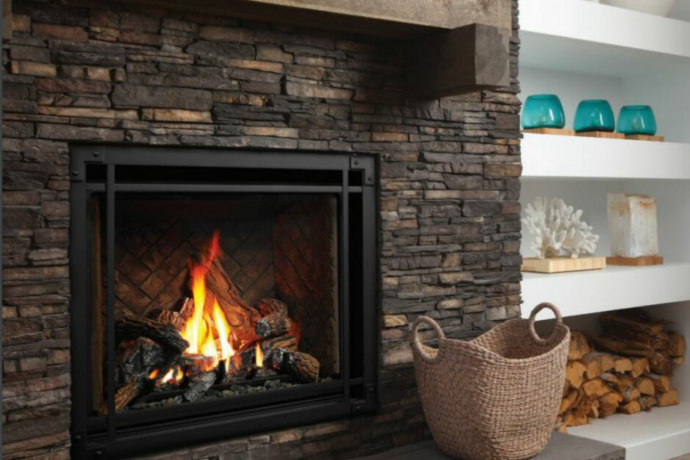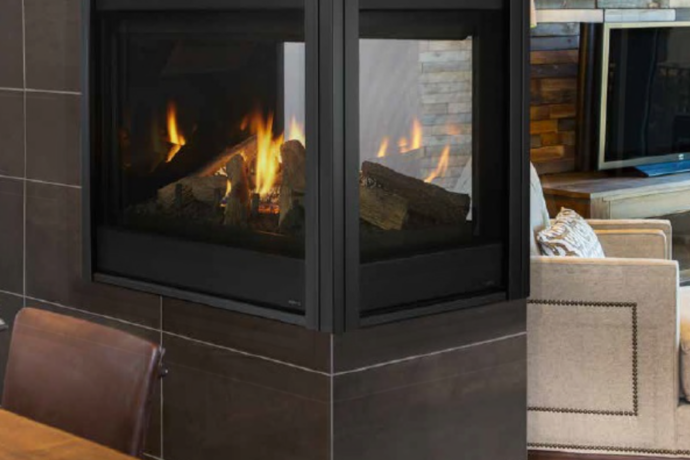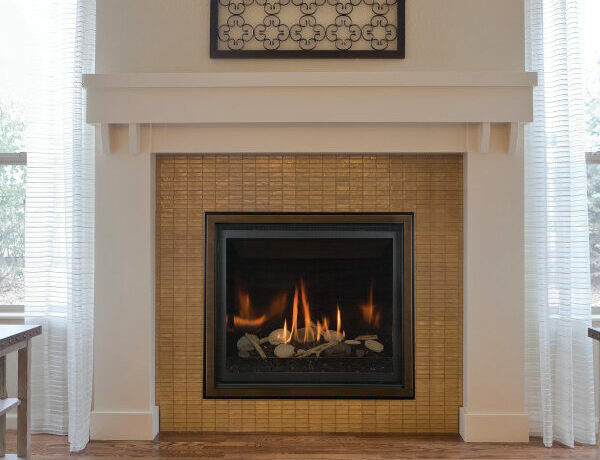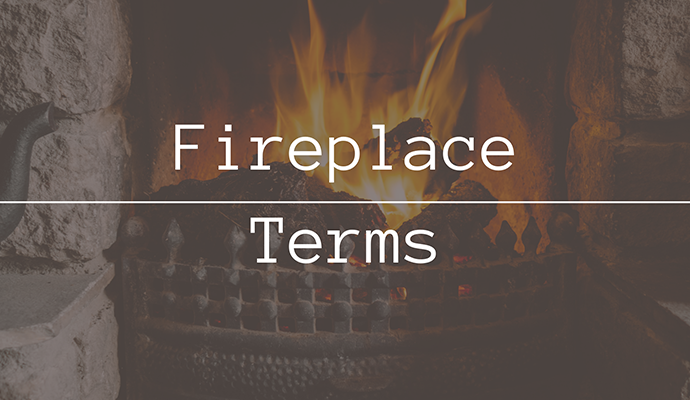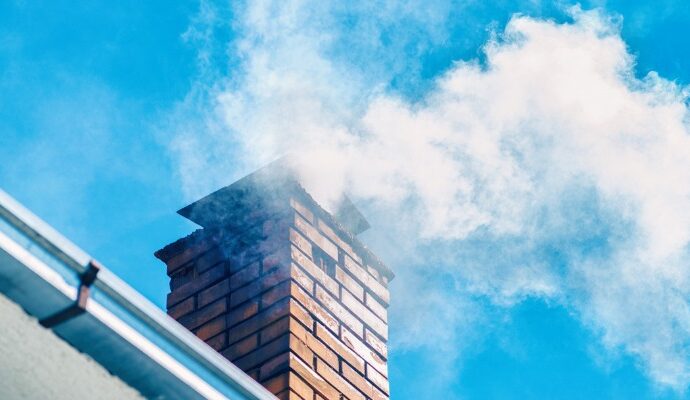Wood or Gas? Which Fuel Has the Advantage?
![]()
![]() Throughout history, there have been some great debates:
Throughout history, there have been some great debates:
- John vs. Paul (the Beatles)
- Ginger vs. Mary Ann (Gilligan’s Island)
- Coke vs. Pepsi (soft drinks)
Of course gas and wood fireplaces here at Stamford Fireplaces are no exception.
What’s more expensive to run? Which fuel burns cleaner? What’s more convenient? Which fireplace provides a greater overall value?
Let’s find out, shall we?
 Budget
Budget
Determining how much it’ll cost to run a natural gas fireplace all comes down to knowing two things:
- Cost of natural gas (which can be fixed)
- How much gas your fireplace uses (which is fixed)
On the other hand, fire logs can vary in price.
A box you pick up from your local grocery store may cost more than, say, seasoned wood you get from a landscape supplier.
Plus it’ll be a running cost, as you’ll have to constantly replenish your supply.
In terms of day-to-day use throughout the winter (and really, the whole year), an efficient gas fireplace from the top brands will save you a substantial amount of money.
The winner: Gas
 Atmosphere and ambiance
Atmosphere and ambiance
In the dead of winter, there’s nothing quite like the crackling sound and alluring aroma of a wood log burning in the fireplace.
As well, different types of wood can create different types of flames:
- Birch: Fast burning.
- Hickory: Long-lasting with high heat and a pleasant scent.
- Oak: Slow burning with good heat.
- Cherry: Medium heat with a fair amount of crackling.
With a gas fireplace, what you’ll get is consistency.
It’s the same type of flame day-in and day-out, so you’ll know what to expect. Plus, starting a gas fireplace is incredibly simple and fast.
That said, there’s something magical and comforting about a wholesome cord of wood burning perfectly inside a cozy hearth, isn’t there?
The winner: Wood
 Care and maintenance
Care and maintenance
As enjoyable as wood fireplaces are, they do require quite a bit of care when they’re not in use.
Besides the creosote deposits mentioned earlier in this blog, wood fireplaces tend to leave a substantial amount of soot and ash.
- Pro tip: Keep a 1” layer of ash in the firebox to act as an insulator.
Ideally, ash deposits should be cleaned on a daily basis.
And if your wood fireplace has glass doors, you’ll need to clean any leftover residue that’s stuck on them.
Conversely, gas fireplaces don’t require much day-to-day maintenance beyond checking to see if any logs are cracked or damaged.
The winner: Gas
 And the winner is…
And the winner is…
Both wood and gas fireplaces offer tremendous value and many years of enjoyment.
However, when it comes to the practical elements which matter to homeowners in Niagara Falls and the surrounding area, gas fireplaces clearly come out ahead.
That said; it all comes down to what you want for your home and your family.
Gas or wood. Whatever you choose, the team at Stamford Fireplaces will ensure you get exactly what you want.
To start, you can:
- CONTACT US with your questions or comments
- REQUEST A FREE IN-HOME ESTIMATE with our fireplace experts


